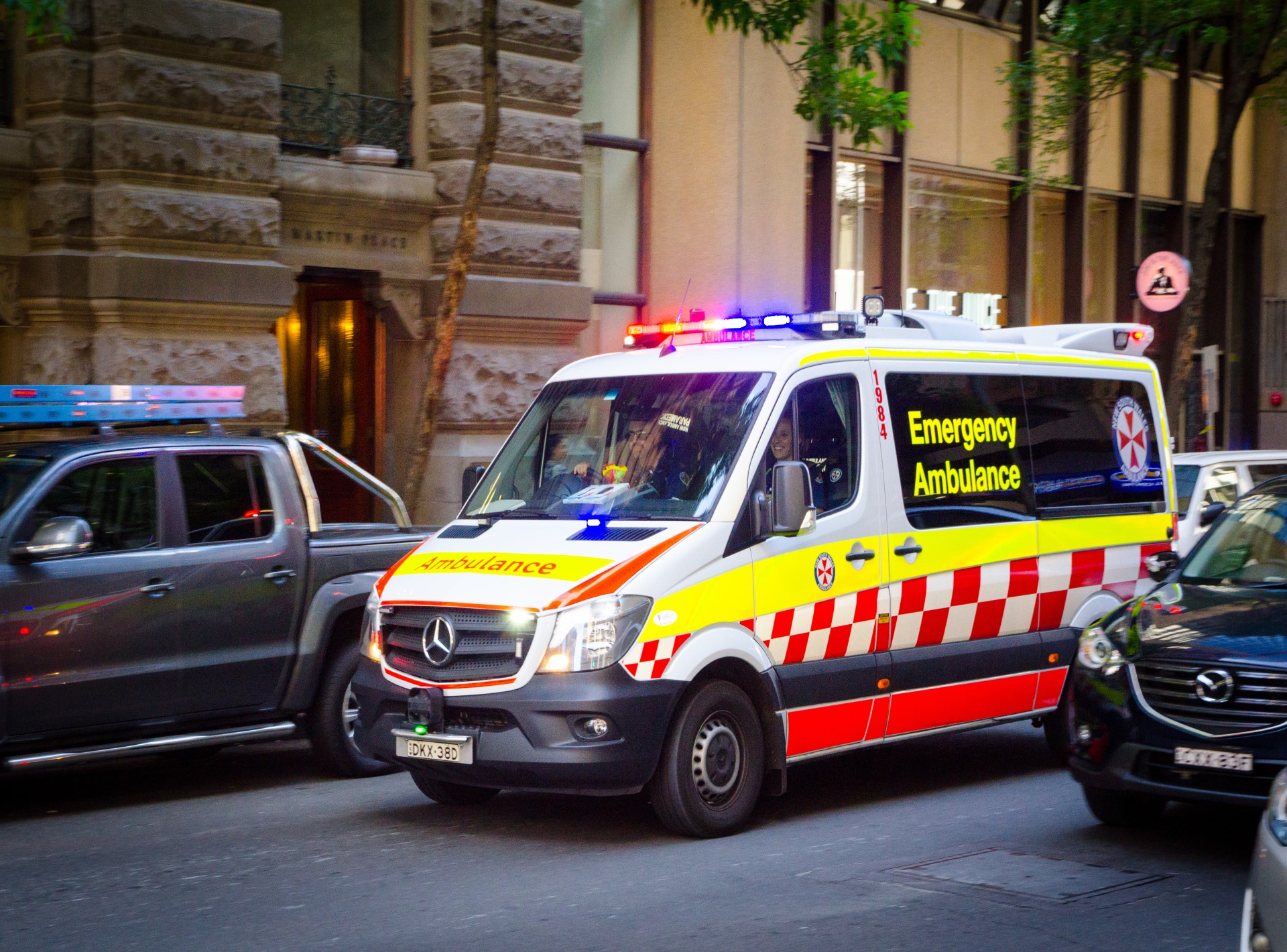 NSW Premier, Mr Dominique Perrottet, has egg on his face after it emerged that the State’s Minister for Health and its Ambulance Commissioner were involved in organising an ambulance for the Premier’s wife.
NSW Premier, Mr Dominique Perrottet, has egg on his face after it emerged that the State’s Minister for Health and its Ambulance Commissioner were involved in organising an ambulance for the Premier’s wife.
Mr Perrottet was interviewed on Sky News on 21 March 2023, where he provided an explanation that highlighted the coincidental nature of what happened, stating that he received a call at work from his wife, Helen, saying that she was in pain after a trip to the gym.
“My only concern at the time was for my wife and the immense pain that she was in… Brad (Minister for Health, Mr Brad Hazzard) is a friend and somebody who has been around health for many, many years. And he’s somebody who I speak to regularly,” Mr Perrottet explained.
“I wasn’t sure, because I was arranging a physio at the time, whether that was the right approach or whether she should see a GP, or whether she should go to hospital. And obviously, particularly as we’ve gone through COVID… you don’t want to go to hospital unless you need to.”
Mr Perrottet stressed that it was pure coincidence that at the time he called Mr Hazzard, the NSW Ambulance Commissioner, Mr Dominic Morgan, and a senior specialist were there.
“They just happened to be in a meeting with him,” Mr Perrottet said.
“I was put on speaker; I took them through Helen’s symptoms – I still wasn’t sure whether she needed to go to hospital – and they made an assessment with the medical specialist there and they said, ‘No, she shouldn’t move; she needs an ambulance; she needs to go to hospital…. you need to go straight home’ – that’s exactly what I did.
“The advice I’ve received is that Don Morgan, the head of NSW Ambulance, arranged for an ambulance to come out. I didn’t know this at the time.
“What I understand subsequently is that at the same time that I was on the phone to Don Morgan and the senior specialist, my wife’s sister had called an ambulance… I wasn’t aware of that. My only focus at that point in time [was that] an ambulance was called, and she was in hospital for a few days.”
Mr Perrottet said the ambulance took between 40 – 50 minutes to arrive at his home.
“The advice I’ve received from Minister Hazzard was that Don Morgan… the head of NSW ambulance had categorized it as a low priority… based on how they classify those injuries.”
Mr Perrottet also raised the issue of how it was possible that key aspects of his wife’s medical details could be shared with the media.
“I just think it’s completely inappropriate that any person in NSW’s private health information is leaked in this way,” he said.
While the NSW Premier has denied being the recipient of preferential treatment due to his position, his actions have served to highlight the plight of paramedics and ED staff in NSW just ahead of the state election.
The timing of the revelation also coincided with an announcement by the Health Services Union (HSU) of NSW that due to ever-increasing levels of ramping, from Tuesday 21 March 2023, ambulance drivers will now leave non-critical patients at hospitals to attend more life-threatening emergencies.
HSU NSW Secretary, Mr Gerard Hayes, explained that paramedics were acting on the ‘return to the road’ pledge in the interest of public health.
“HSU paramedics have designed this action carefully and responsibly so that it enhances patient wellbeing… It’s astounding we have to do this, but we have no other option,” Mr Hayes said.
“Paramedics are at their wits’ end. They are forced to hang around emergency departments with patients who have constipation, stubbed toes, or sunburn all because there simply isn’t enough staff to process a handover.
“We are sacrificing crucial minutes where we could be responding to a potential cardiac arrest.
“This is the consequence of a decade of wage suppression. We have tried every which way to propose reform options that would reduce bed block – sadly, we have hit a brick wall.”
Under NSW DoH protocol paramedics are required to wait with patients until they are formally transferred to hospital staff, yet the current staff shortages in hospitals have resulted in protracted wait times for a handover to occur.
A 2022 report by the AMA showed that less than 85% of patient transfers took place within the target time of 30 minutes, a decline of 6.2% since 2017, and it highlighted that there were a record number of calls in the final quarter of 2022, including an almost 25% jump in the number of priority 1 calls compared to the same quarter in 2019.
NSW paramedics will now apply their own protocol to assess the condition of ambulance patients aged 18 – 85, and if their condition is classified as low risk (or priority 3) triage staff will be informed of their arrival, but the patient will be left at the hospital along with the paramedics’ observations.
The NSW Paramedics Association also want action on issues impacting ambulance services and have threatened industrial action. As well as better pay, the union is calling for more specialist paramedics and patient transport officers, triaging reform, and huge funding boosts for regional health and community healthcare.

